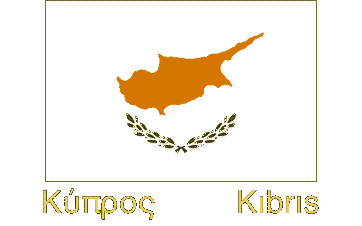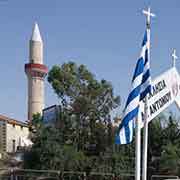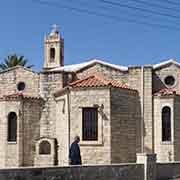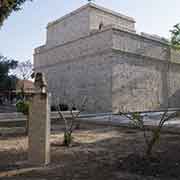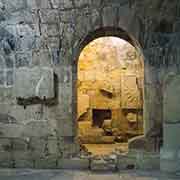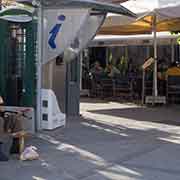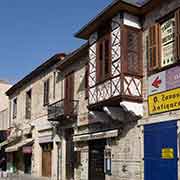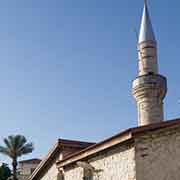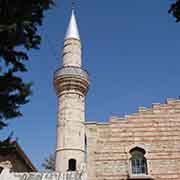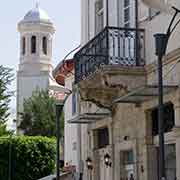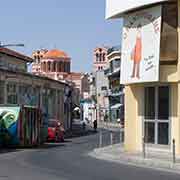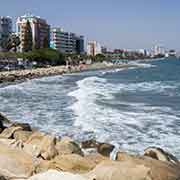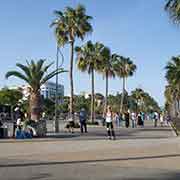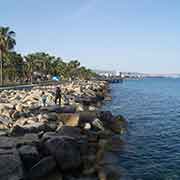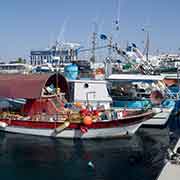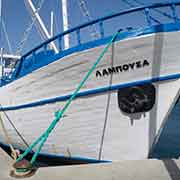Photos of Limassol, the second-largest city in Cyprus, Cyprus
Limassol, the second-largest city in Cyprus
Limassol, or, in Greek, Lemesós (Λεμεσός), is an attractive city on the southern coast of Cyprus, and the second-largest. Its historical centre is around medieval Limassol Castle and the Old Port, the fishing harbour. Molos, the boulevard, stretches along the Mediterranean coast from here and to the west of the city is the Akrotiri peninsula, with the Sovereign Base Areas of Akrotiri, a British Overseas Territory with its military base.
you may then send it as a postcard if you wish.
The area of Limassol has been inhabited since antiquity. The modern city is between the ancient city of Amathus, about 10 kilometres to the east and Kourion, 13 kilometres to the west. It was founded during Byzantine times around 451 CE and was initially known as Theodosiana or Neapolis. In the 10th century, it became known as Lemesos. In May 1191, King Richard I (Lionheart) of England landed his troops and took Limassol. Richard’s forces were led by Guy of Lusignan, a French Poitevin knight who had been the King of the “Kingdom of Jerusalem”, a crusader state. He conquered the whole island and founded the dynasty that ruled the “Kingdom of Cyprus” until 1473. He built the Castle of Limassol in 1193 on the foundations of an early Christian Basilica and Byzantine monument. During the Lusignan period, it was damaged by earthquakes and attacked by Genoese and Mameluks. In the 15th century, Cyprus came under Venetian rule.
In 1538 Limassol and its castle was captured by the Ottomans. The Venetians recaptured it but then demolished it in 1567-68, so it couldn’t be seized again. But after their conquest in July 1570, the Ottomans built a new strong fort on the foundations of the old one, and this is the Limassol Castle, completed in 1590, as it appears today. It is now the heart of the old city.
To its west is the Agios Antonios Orthodox Church with the Turkish mosque behind it; this area used to be predominantly Turkish. The Limassol Grand Mosque (Kebir Camii) is still used by the remaining Turkish Cypriot population and Muslims from the Middle East who live in the city. Further east was always predominantly Greek, and here is the Ayia Napa Cathedral. It was built in the late 19th - early 20th century on the ruins of an older and smaller Byzantine church. Here is also the Holy Bishopric Church of Panagia Katholiki, a Roman Catholic church.


